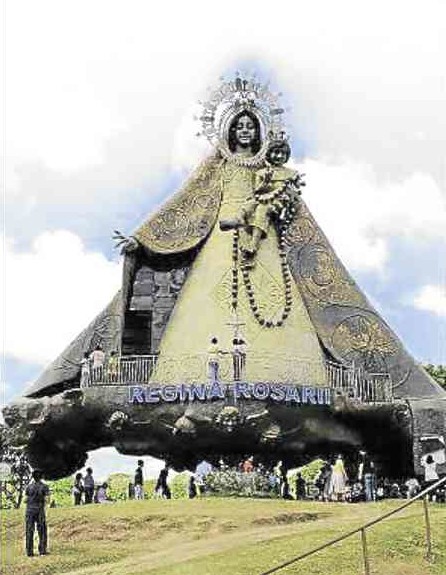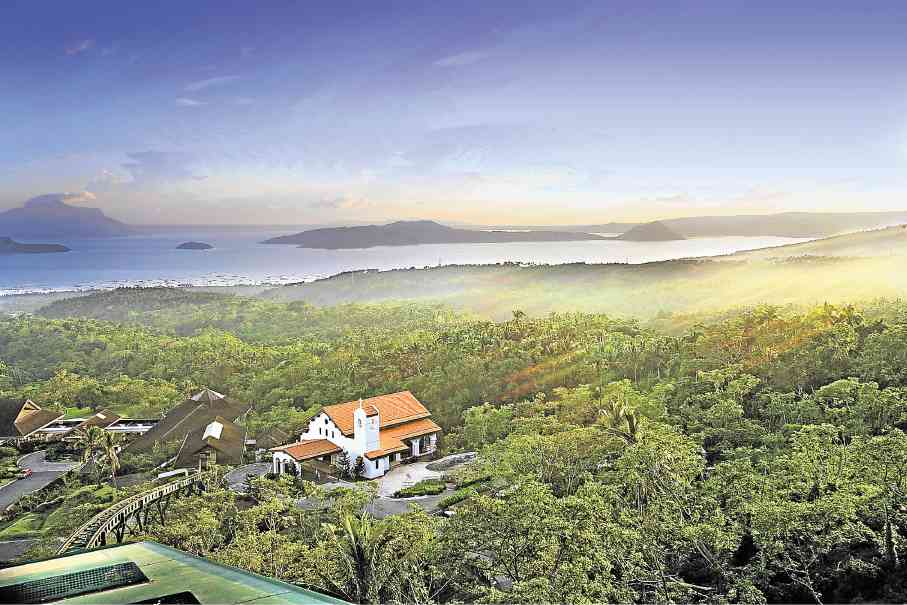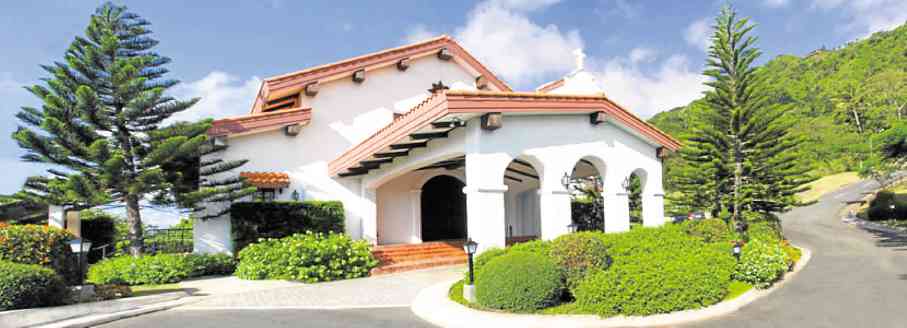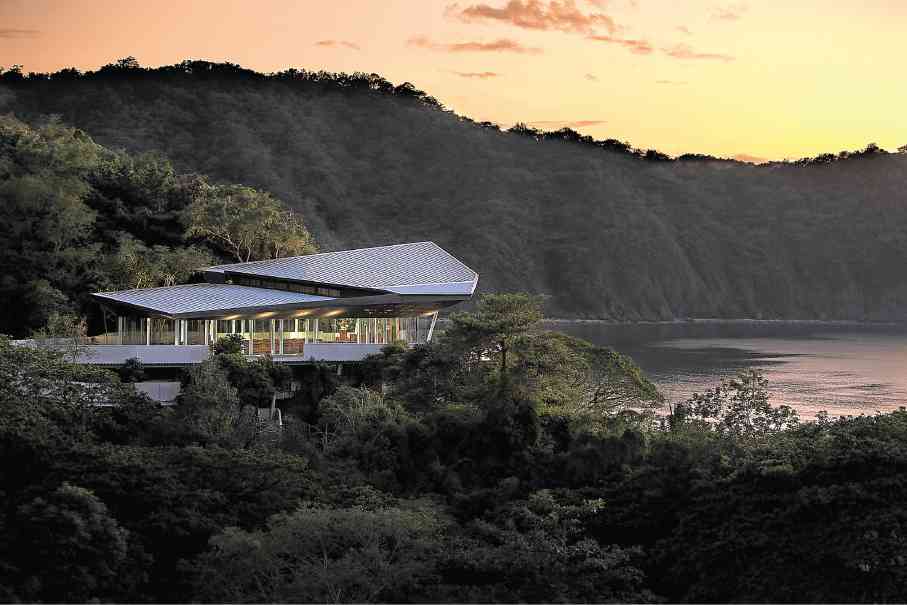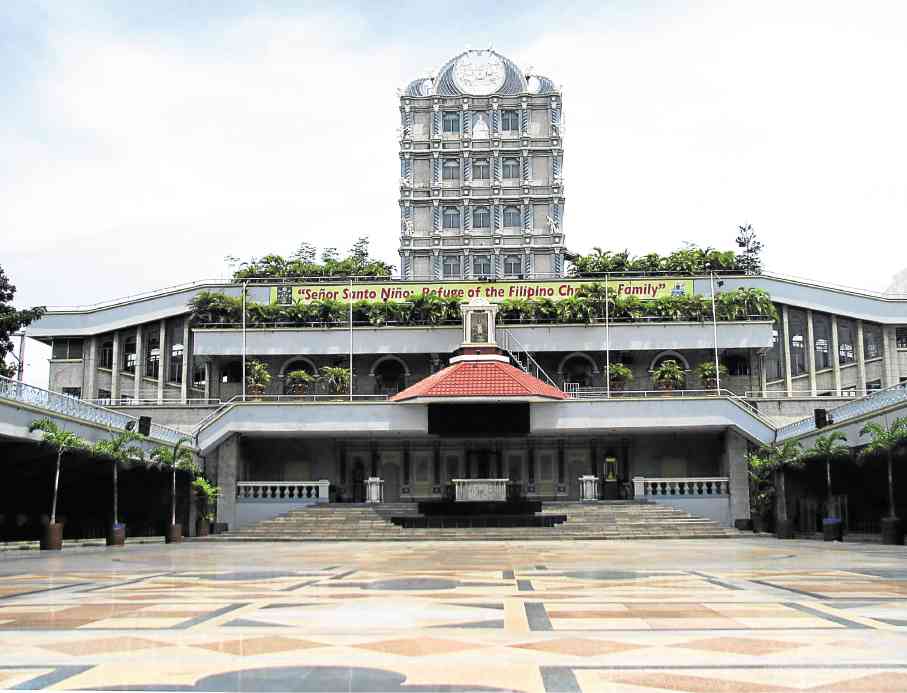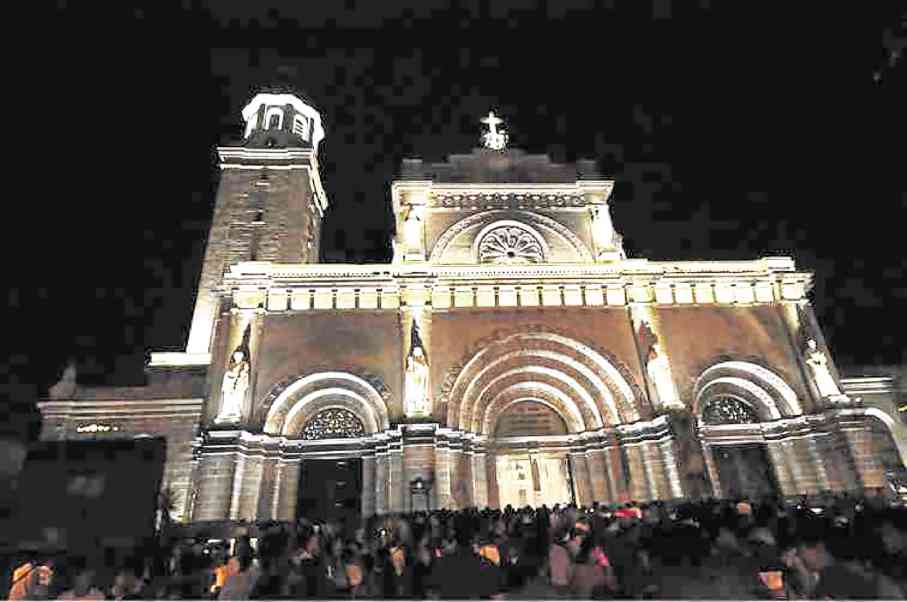Celebrate Misa De Gallo at some of PH’s best designed churches
“So it was, that while they were there, the days were completed for her to be delivered. And she brought forth her firstborn Son, and wrapped Him in swaddling cloths, and laid Him in a manger, because there was no room for them in the inn.
Now there were in the same country shepherds living out in the fields, keeping watch over their flock by night. And behold, an angel of the Lord stood before them, and the glory of the Lord shone around them, and they were greatly afraid.
Then the angel said to them, “Do not be afraid, for behold, I bring you good tidings of great joy which will be to all people.For there is born to you this day in the city of David a Savior, who is Christ the Lord.”
—Luke 2:6-11
As the dawn Masses come to an end and the Midnight Mass is about be celebrated tonight by Catholics across the country, devotees now reflect on how best to welcome the birth of Christ the Savior.
For a predominantly Catholic country such as the Philippines, Christmas has been one of the most awaited and festive seasons, with celebrations happening simultaneously across the country to welcome the coming of the Messiah. Expectedly, most churches will likely be full to the brim.
The church has been at the center of all these festivities and merrymaking, as it serves as a great reminder of Christ’s life and the Catholic faith’s origin. Thus, in the spirit of this season, Inquirer Property is featuring several churches that have made quite a significant mark in terms of design, architecture, and significance to the Catholic faith.
Here are some of the churches you might want to visit this Christmas Eve, where you can celebrate the Midnight Mass with friends, families and loved ones.
These houses of worship were created and built as a solid testament to the Filipinos’ unwavering and unshakeable faith that has allowed many to remain resilient no matter the challenges that come their way.
Regina Rosarii Institute for Contemplacion in Asia
Nestled magnificently at the foothills of the Sierra Madre Mountains, the Regina Rica was founded on May 13, 2005 by Sister Mary Epifania F. Brasil, OP and other former members of the Dominican Sisters of the Most Holy Rosary of the Philippines namely Sister Mary Carmen C. Advincula, OP., Sister Marie Amelia F. Brasil, OP., Sister Mary Matthew F. Brasil, OP., Sister Ma. Violeta P. Sobremisana, OP., and Sister Mary Sarah R. Ronda, OP.
Regina Rica’s first residence was at the Regina Rosarii Center for Contemplative Prayer, then located in Timog, Quezon City, under the protection of the Most Rev. Fernando Capalla, DD., Archbishop of Davao and at that time, President of the Catholic Bishops Conference of the Philippines (CBCP).
Regina Rica had a number of homes before it moved to its final location—but not after it hurdled a number of challenges.
Finally in 2009, the founders saw the perfect location for the Regina Rica: a 13.5-hectare land at the foothills of the Sierra Madre Mountains. It is a place, according to its founders, where they were brought with “signs and many graces.”
Truly a sight to behold, a visit to the Regina Rica not only brings one much closer to his or her faith. It also offers a scenic and breathtaking view of the area, as if one is already experiencing nirvana.
With more than 10,000 trees, a number of waterfalls, and a creek, one could revel in the serenity that the place affords, allowing one to relax and have that much coveted peace.
But what would really take your breath away—apart from the area’s natural lush landscape—is the beautifully sculptured 30-foot Virgin Mary statue that people line up to see, every time they visit the Regina Rica.
Even the chapel itself proffers a simple, elegant, yet stunning design, which allows visitors to have a perfect vista of the mountainous terrain. Its simplicity and unassuming look, undoubtedly, are set to provide one that sense of calmness and tranquility that are quite hard to find these days.
Madre De Dios Chapel, Tagaytay Highlands
Located inside the premium, all exclusive development that is Tagaytay Highlands, this California Mission-style chapel sits on a hill overlooking the serene Taal Lake and Volcano.
Situated within Midlands’ exquisitely landscaped greenery, this masterfully designed place of worship provides one the placidity and stillness needed amid the frenzied, fast-paced lifestyle in the city.
The Madre de Dios Chapel has been a favored wedding venue, given its breathtaking view and quaint appeal that make it an ideal venue to reflect and meditate.
While fully air conditioned, many appreciate Madre de Dios’ cool breeze and calming vibe that is unique to this exclusive Tagaytay development. A Mass will be held on December 26 at 11 a.m. in conjunction with the chapel’s 10th year anniversary. The Mass will be celebrated by Bishop Reynaldo Evangelista of Imus, together with the Philippine Madrigal Singers.
On January 1, a Mass will be held at 10 a.m. for the the Feast of Madre de Dios, with Archbishop Ramon Arguelles of Lipa and Coro de San Guillermo.
St. Therese of the Child Jesus Chapel, Hamilo Coast
The St. Therese of the Child Jesus Chapel is a striking minimalist structure tucked in a tropical jungle, designed by renowned architect Carlos Arnaiz.
Prominently featuring modern materials such as metal and glass, the chapel has an airy space that lends it a highly solemn and meditative quality while providing, at the same time, panoramic views of Pico de Loro Cove’s untarnished natural sights.
Schedule of Masses here are as follows: December 24, 8:00 p.m; December 25, 11:00 a.m.; and January 1, at 11:00 a.m.
Basilica Del Sto. Niño De Cebu
The convent of the Sto. Niño de Cebu was founded by Fr. Andres de Urdaneta on April 28, 1565—the same day the Legazpi-Urdaneta expedition arrived in the island.
On May 8 of the same year, when Legazpi and his men planned the urbanization of the city, they allotted a “place for the church and the convent of San Agustin, where the Santo Niño image had been found.”
The church has always been the Sanctuary of the Sto. Niño, under the custody of the Augustinians. The number of priests assigned to the church varied from three to five, apart from one or two lay brothers.
The Sto. Niño Friday Novena and Mass devotees have been increasing over the years and could easily fill the Basilica beyond its capacity. To accommodate this growing number of devotees who come to hear Mass at the Basilica, a pilgrim center was built within the church compound opposite of the Basilica. A Holy Mass is celebrated on Fridays and other religious festivities are held there at the open-air, theater-like structure.
Completed in September 1990, this open-air structure can accommodate 3,500 people and was constructed through the generous contributions by Sto Niño devotees around the world. The basement of the Pilgrim’s Center houses the Basilica Del Sto. Niño Museum.
(Source: https://basilicasantonino.org.ph/wp/basilica-complex)
Minor Basilica of the Black Nazarene
The Minor Basilica of the Black Nazarene is a prominent Roman Catholic Latin-rite Basilica located in the District of Quiapo in Manila.
The Basilica is the famous home of the Shrine of the Black Nazarene, a dark statue of Jesus Christ, which many claim to be miraculous.
The early church built by the Franciscan Missionaries was made of bamboo for the frame and nipa palm as thatching—evoking a Baroque design, with a façade made distinct by its twisted columns on both levels.
The Corinthian columns of the second level have a third of the shaft near the base in twisted form while the upper portion has a smooth surface. The topmost portion of the four-storey belltowers had been decorated with huge scrolls. The tympanum of the pediment has a pair of chalice-like decoration and toward the end of the raking cornice urn-like vases the pediment terminates. With its recent renovation, only the façade and the dome at the transept retained the classic design.
(Source:https://en.wikipedia.org/wiki/Quiapo_Church)
Manila Cathedral
Considered the mother of all churches, cathedrals and basilicas of the Philippines, the Manila Cathedral-Basilica is dubbed as the premier church in the country.
It was the only one chosen to become a Cathedral in 1581 when the Philippines was separated from the Archdiocese of Mexico and became a new diocese with its episcopal seat in Manila.
The Manila Cathedral was established by the secular priest Juan de Vivero in 1571 under the patronage of Mary, La Purissima e Inmaculada Concepcion. Fr. Vivero was given the special privilege and sole faculty by the Archbishop of Mexico to take care of the spiritual welfare of the new Philippine colony.
The present structure of the Manila Cathedral—the 8th and a post-war reconstruction designed by Arch. Fernando Ocampo—has eight chapels. One of them is the Chapel of the Blessed Souls in Purgatory.
It is now referred to as the Chapel-Shrine of the Holy Souls in Purgatory and considered a Chapel-Shrine de facto as it is a living testimony to the devotion to the Holy Souls in Purgatory, which started in the Manila Cathedral in the past centuries and has continued to the present day through the Prayer Warriors of the Holy Souls.
The Chapel-Shrine has a marble altar piece by the Italian Giuseppe Perischetti. It has a unique marble relief that depicts the souls in Purgatory assisted by holy angels, raising their prayer to Mary, as refugium peccatorum (refuge of sinners). It also shows the saints whom the Liturgy invokes in the commendatio animae (commendation of the soul): St. Michael the Archangel, St. John the Evangelist and Sts. Peter and Paul.
(SOURCE: https://www.manilacathedral.ph/about.aspx)
